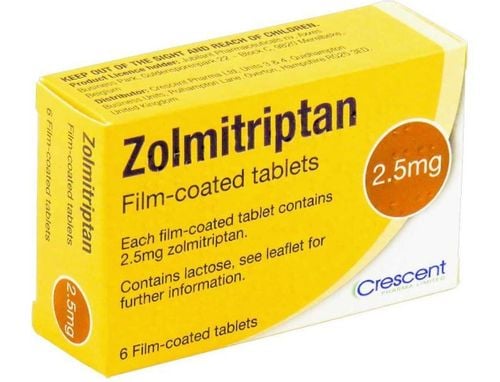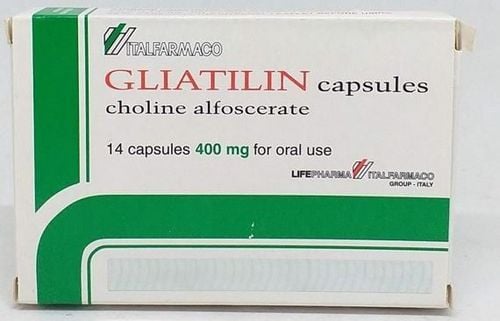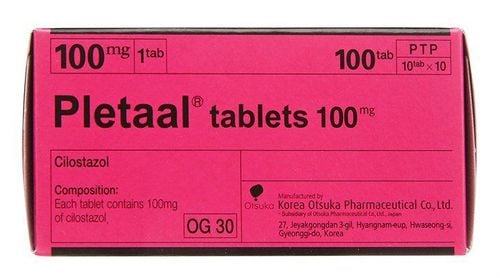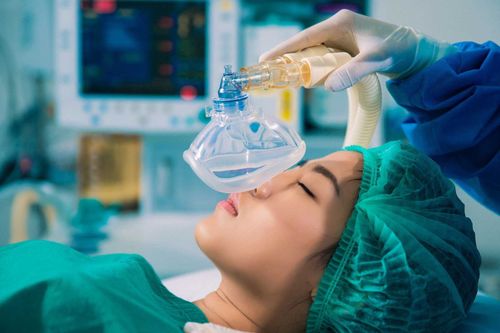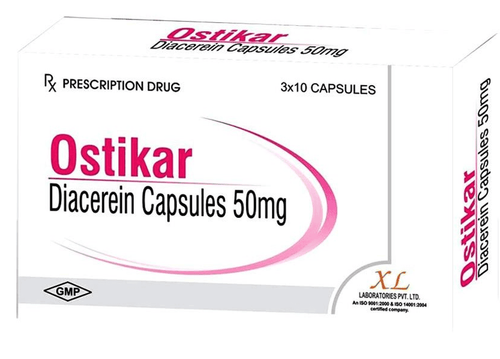This is an automatically translated article.
Posted by Specialist Doctor II Nguyen Trung Thanh - Anesthesiologist - Anesthesiology Department - Vinmec Central Park International HospitalThere is a high risk of a patient being injured by the surgical position. It consists of mechanical forces caused by the surgical position leading to soft tissue and nerve damage. The immobilized position can also impair a patient's normal physiological function and should be considered for all patients, especially any position other than the supine position. Careful assessment of each patient prior to anesthesia is important to reduce the risk of complications related to the surgical position.
1. Nerves for lower extremities
The lumbar plexus is an important plexus that governs movement and sensation of the lower extremities, and is established in the retroperitoneal and pelvic spaces. This plexus results from the union of the anterior branch of the spinal spinal nerves from the 1st to the 3rd lumbar. From there it gives rise to many important branches, among which are the obturator, femoral, and sternal nerves. The sitting nerve branches into the common peroneal nerve and the tibial nerve.
Although the femoral and squamous nerves most commonly affect walking, the most common postural neuropathies in the lower extremities are the obturator and lateral femoral cutaneous nerves.
2. Lower extremity nerve injuries are common in surgical positioning
2.1. Obstructive neuropathy
Hip shape > 30o strain the obturator nerves. When flexing the hip, the suprapubic sector acts as a fulcrum. The nerve is stretched and compressed at this fulcrum. Therefore, excessive hip flexion should be limited as much as possible. Obstructive neuropathy is primarily motor dysfunction, usually painless, but may be weak. Nearly 50% of patients have motor dysfunction that persists 2 years later.
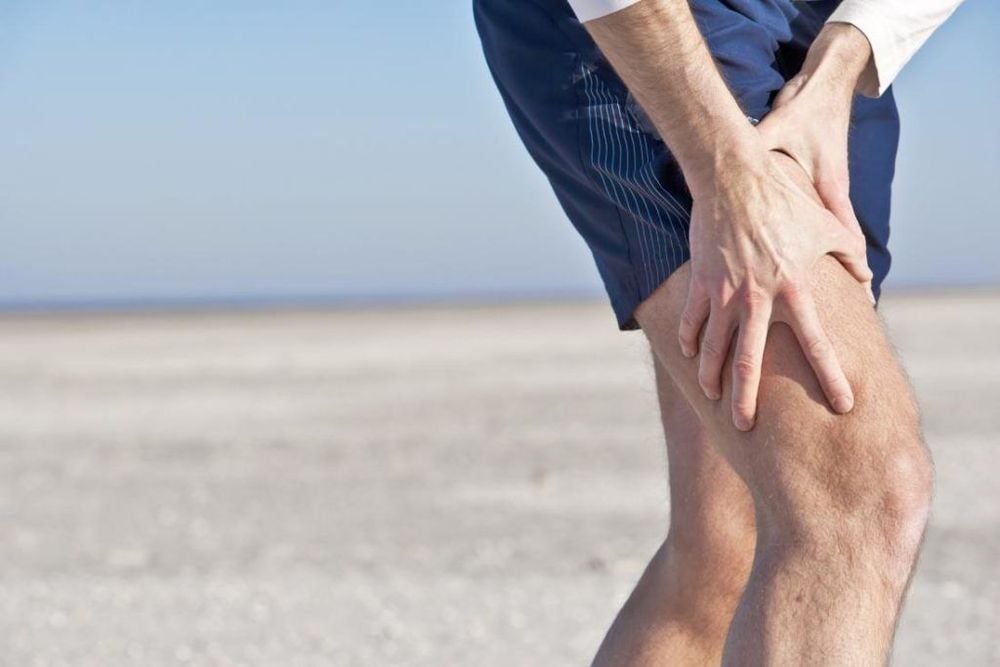
2.2. Outer femoral neuropathy
Hip flexion (thigh to abdomen) > 90° for too long increases ischemia in the nerve fibers of the lateral femoral nerve. More than 30% of the nerve fibers of this nerve pass through the inguinal ligament before entering the thigh. Hip flexion >90° causes the anterior superior iliac spine to move laterally and stretch the inguinal ligament. Nerve fibers traveling in the inguinal ligament become compressed and over time cause ischemia and dysfunction. The lateral femoral cutaneous nerve carries only sensory fibers, so when damaged, it does not cause movement disturbances but can cause loss of the ability to perceive pain and discomfort outside the thigh. About 40% of patients experience discomfort for a year.
2.3. Peroneal neuropathy
Most peroneal neuropathy is associated with direct compression on the outside of the leg, below the knee, where the peroneal nerve loops over the head above the fibula. The footrest position to keep the leg and foot in surgery, if not noticed, can cause nerve compression at the position of the nerve around the head of the fibula. As a result, when damaged, it causes long-lasting “dropped foot” syndrome and difficulty in movement. (“foot drop” the foot cannot be flexed toward the instep).
In summary, there is a high risk of a patient being injured by the surgical position of the anesthetic. It consists of mechanical forces caused by the surgical position leading to soft tissue and nerve damage. The immobilized position can also impair a patient's normal physiological function and should be considered for all patients, especially any position other than the supine position. Careful assessment of each patient prior to anesthesia is important to reduce the risk of complications related to the surgical position.
Department of Anesthesiology and Anesthesia of Vinmec International General Hospital is one of the departments highly appreciated by patients for its professional quality and care services, helping the patient's treatment and recovery process to be effective. the best.
Apply the world's most advanced technology: The world's most advanced epidural analgesia (ESP) pain relief technique; Anesthesia by ultrasound machine, do not use morphine to relieve pain after surgery. The team of leading experts: The doctors are well-trained and experienced, and are members of the Anesthesiology Associations in Vietnam and Europe. Cooperate with leading professors and experts at domestic and international frontline hospitals to exchange techniques and apply the latest methods of anesthesia and pain relief. Professional - comprehensive patient care: patients are fully and fully consulted before anesthesia and analgesia before and after surgery; apply the program of early recovery after surgery for patients; guide appropriate methods of exercise and rehabilitation so that patients can return to normal activities soon.
Please dial HOTLINE for more information or register for an appointment HERE. Download MyVinmec app to make appointments faster and to manage your bookings easily.






